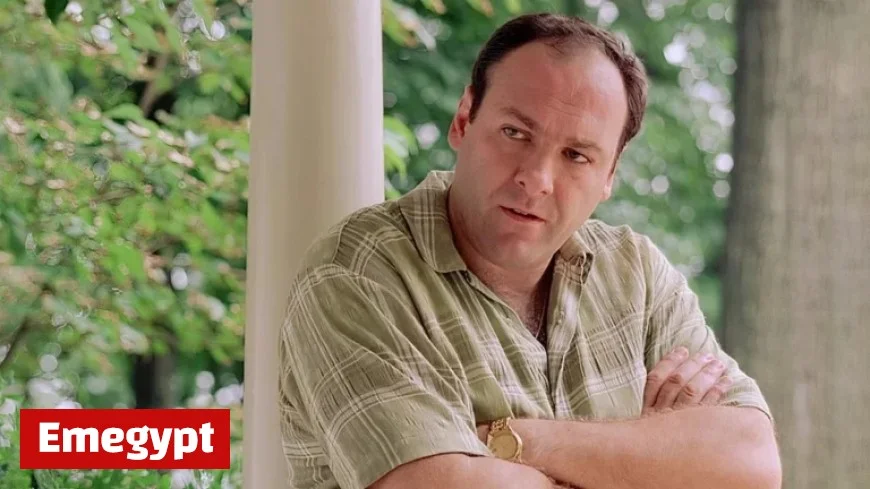Why Watching The Sopranos Today Is Challenging: 8 Key Reasons

The Sopranos, regarded as one of the greatest television series, dramatically transformed the landscape of storytelling. Despite its acclaim, revisiting the show two decades later poses several challenges for contemporary viewers. Here are eight key reasons why watching The Sopranos today can be a complex experience.
1. Slow Pacing Compared to Modern TV
Modern audiences are accustomed to swift, concise storytelling. The Sopranos, with its deliberate pacing, unfolds its narrative over several seasons. While this slow burn can provide depth, it might test the patience of viewers seeking faster-paced entertainment.
2. Outdated Treatment of Women
The portrayal of female characters like Carmela and Adriana reflects the gender dynamics of the early 2000s. Tony Soprano’s misogynistic attitudes are apparent in his interactions, which may be uncomfortable for today’s viewers. This regression can overshadow the show’s strengths for a contemporary audience.
3. Casual Racism and Homophobia
Racial and homophobic tensions are prevalent throughout The Sopranos. The characters often express prejudiced views, which, while intended to reflect realism, can be jarring to modern viewers. This aspect of the show can detract from its overall narrative for today’s audience.
4. Influence on Modern Television
When The Sopranos premiered in 1999, it introduced innovative storytelling techniques. However, many of these elements have since become standard in contemporary shows. As a result, some viewers may find its style familiar, diminishing its original impact.
5. Overlooked Protagonist
Tony Soprano’s character may feel less compelling to viewers saturated with morally ambiguous protagonists in modern television. Influential shows like Breaking Bad have created characters with similar complexities, potentially overshadowing Tony’s significance in the evolution of TV drama.
6. Technological Disconnect
The Sopranos is a time capsule of the late ’90s and early 2000s, showcasing outdated technology. Features like pay phones and dial-up internet create a sense of detachment for viewers accustomed to modern advancements. This technological gap can make the show feel less relatable.
7. Extended Dream Sequences
The Sopranos is known for its dream sequences, particularly in episodes titled “The Test Dream” and others. While these segments add depth, they can frustrate modern viewers who prefer straightforward storytelling. The exploration of Tony’s subconscious may seem tedious in an era that favors brisk narratives.
8. Spoiled Conclusion
The series finale of The Sopranos, well-known for its ambiguous ending, poses an additional challenge for first-time viewers. With the show’s cultural footprint, most know how it ends, which can undermine the emotional impact of watching Tony’s journey unfold.
Final Thoughts
While The Sopranos remains a landmark in television history, its challenges in storytelling and presentation can complicate its viewing experience today. New audiences may find it difficult to engage fully with a show that, despite its brilliance, mirrors a different era in society and culture.




























